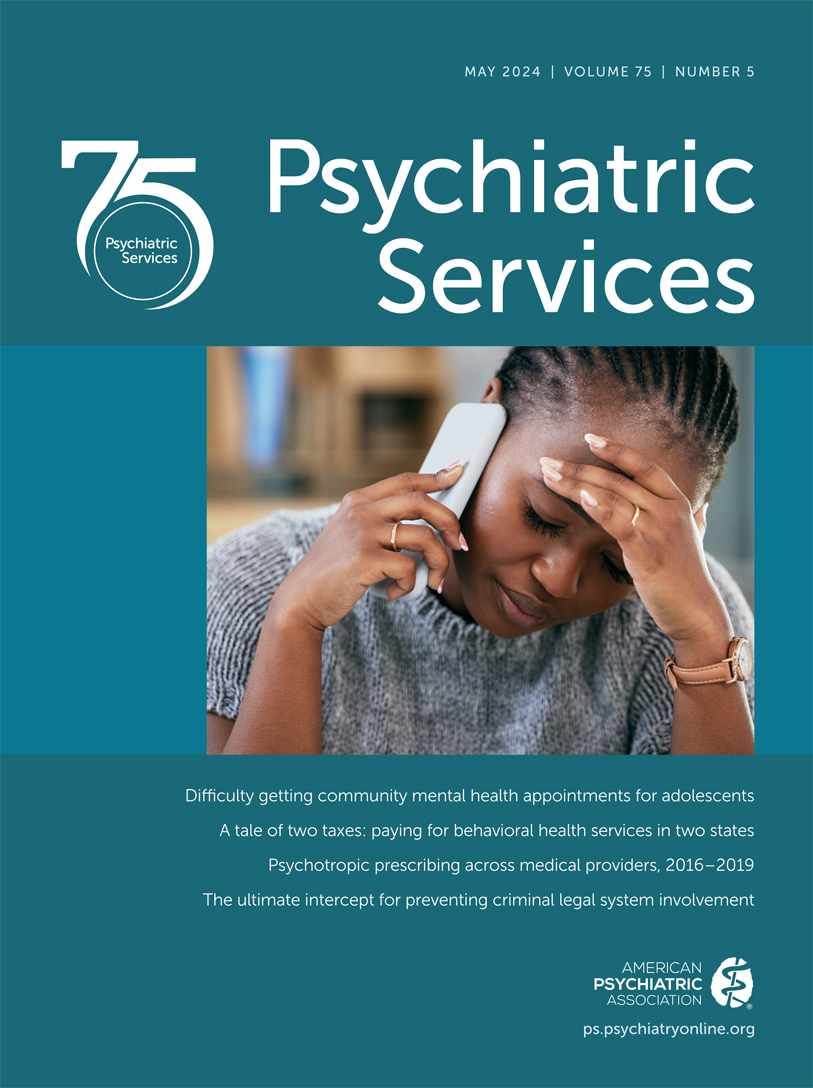Disparities in COVID-19–Related Psychological Distress Among Recipients of a State's Public Mental Health Services
Abstract
Objective:
The authors examined changes in perceived anxiety, stress, and mental health symptoms (i.e., psychological distress) reported by recipients of New York State public mental health services during the early months of the COVID-19 pandemic, as well as whether these changes varied by demographic characteristics or pandemic-related socioeconomic challenges.
Methods:
A statewide survey of service recipients (N=3,483) was conducted (May 8–June 22, 2020). Descriptive analyses were summarized, and logistic regression was used to evaluate associations between increases in reported psychological distress and age, gender, region of residence, race and ethnicity, socioeconomic challenges, and alcohol or drug use.
Results:
Fifty-five percent of respondents (N=1,933) reported a slight or moderate increase in COVID-19–related psychological distress, and 15% (N=520) reported a substantial increase. In adjusted models, substantial elevations in psychological distress were associated with identifying as female (AOR=1.83, 95% CI=1.50–2.25), experiencing three or more pandemic-related socioeconomic challenges (AOR=2.41, 95% CI=1.91–3.03), and reporting increased use of alcohol or drugs (AOR=1.81, 95% CI=1.34–2.44). Compared with non-Hispanic/Latinx White service recipients, non-Hispanic/Latinx Black individuals had lower odds of reporting substantially increased psychological distress (AOR=0.59, 95% CI=0.45–0.76), as did non-Hispanic/Latinx Asian-descent individuals (AOR=0.28, 95% CI=0.12–0.64).
Conclusions:
In this large sample of recipients of New York State public mental health services, the COVID-19 pandemic’s impact on psychological well-being was widespread and varied by gender, race and ethnicity, and socioeconomic vulnerability. These relationships must be considered in ongoing efforts to provide optimal care for this population.
Access content
To read the fulltext, please use one of the options below to sign in or purchase access.- Personal login
- Institutional Login
- Sign in via OpenAthens
- Register for access
-
Please login/register if you wish to pair your device and check access availability.
Not a subscriber?
PsychiatryOnline subscription options offer access to the DSM-5 library, books, journals, CME, and patient resources. This all-in-one virtual library provides psychiatrists and mental health professionals with key resources for diagnosis, treatment, research, and professional development.
Need more help? PsychiatryOnline Customer Service may be reached by emailing [email protected] or by calling 800-368-5777 (in the U.S.) or 703-907-7322 (outside the U.S.).



